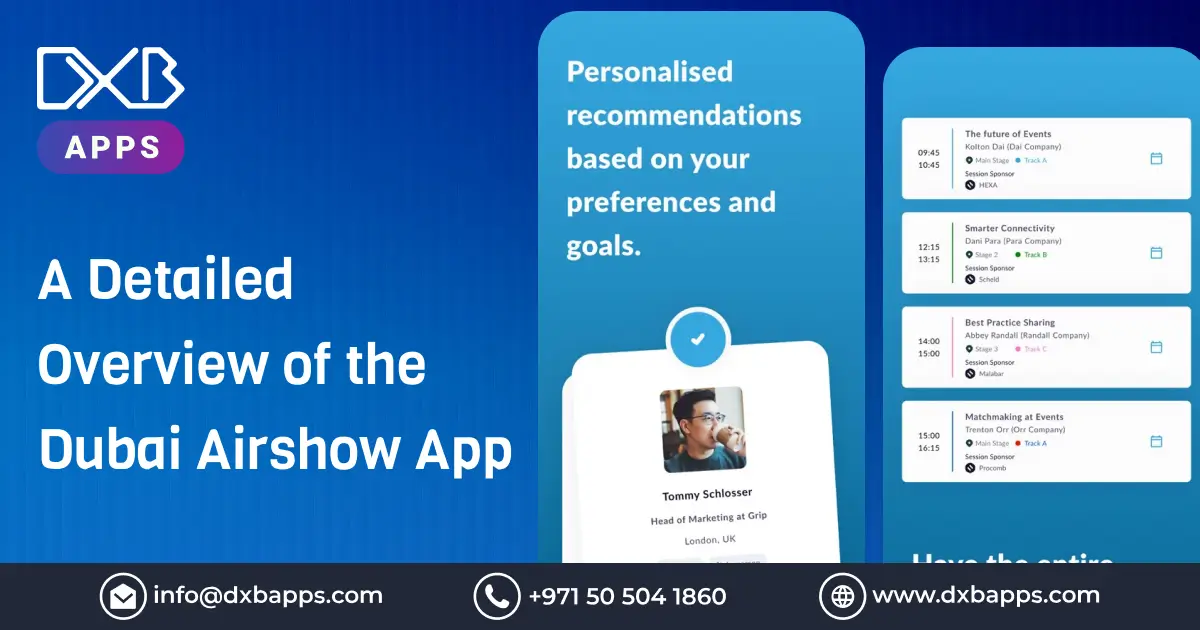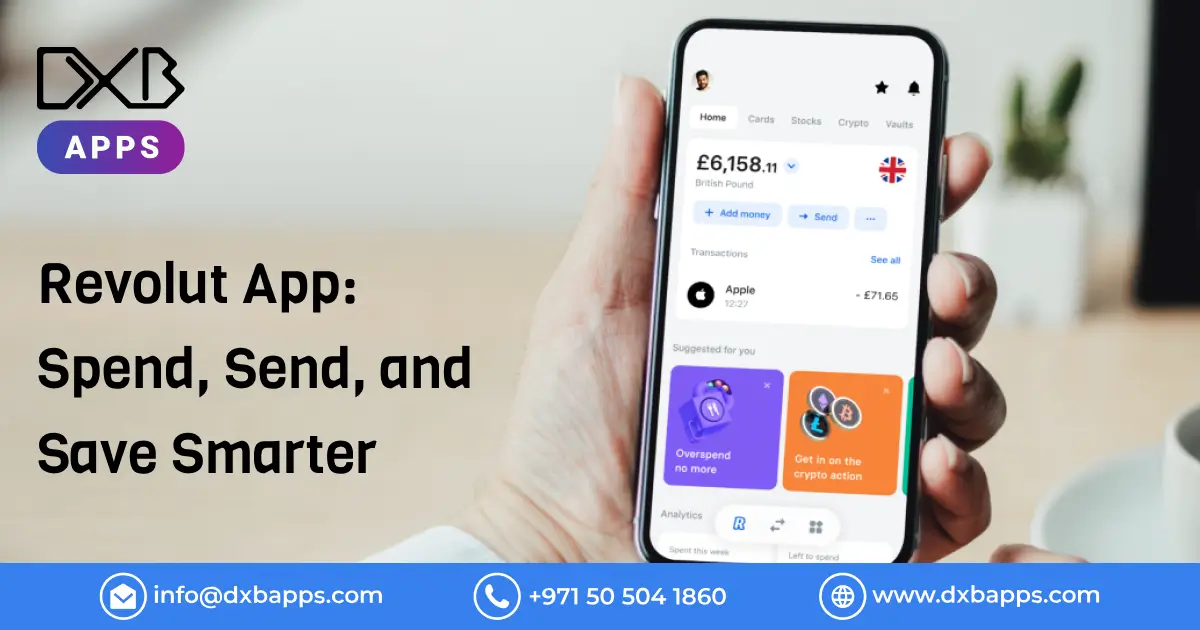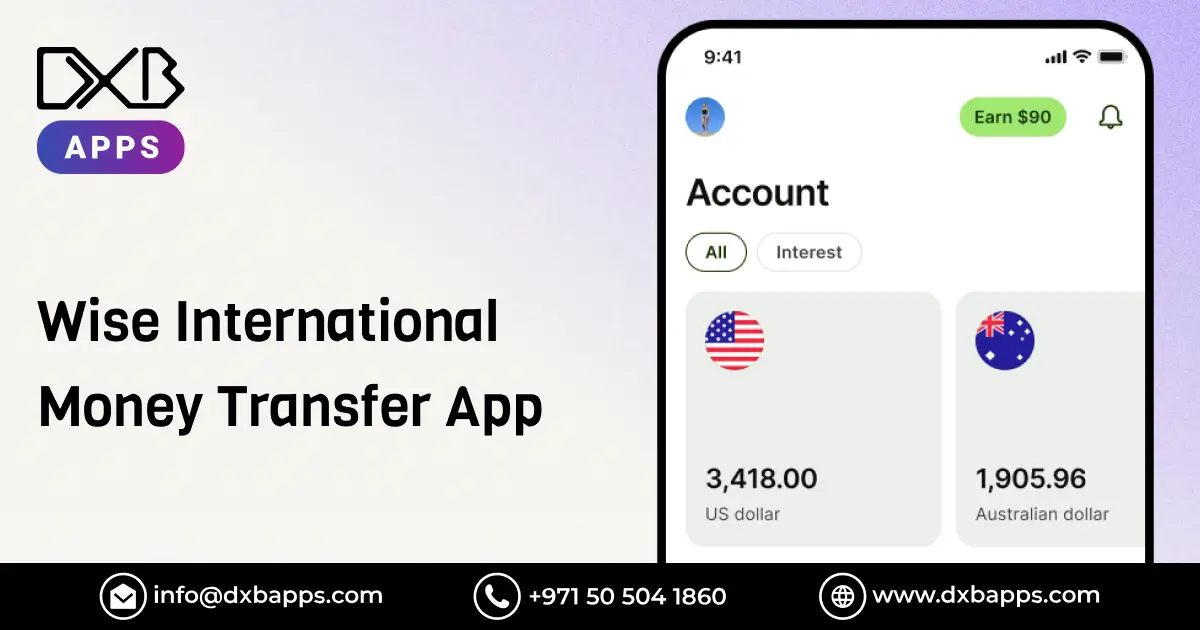The domain of artificial intelligence has broadened far beyond the tech behemoths; it now serves as an integral component of operational workflows, innovation engines, and competitive instruments for enterprises. By 2025, developing an AI application will be mandatory. Whether you're a bootstrap startup or an established enterprise, integrating AI into your product roadmap can transform user experience, streamline internal processes, and unlock new revenue streams.
More than 85% of businesses now anticipate applying at least one AI technology in some form, with a combined growth forecast of adding almost $500 billion in new revenues by 2026. That's a clear picture: the companies that commit to AI app development now are the ones positioning themselves for success in the future.
"The future belongs to those who can harness machine intelligence and turn it into real-world impact."
Why Develop AI Apps in 2025?
Developing AI apps offers a number one opportunity to get ahead of the curve. AI can:
- Reduce the burden of low-level manual administrative work so that effort and assets can be better utilized.
- Personalize experiences—consider recommendation engines or tailored user experiences.
- Predict outcomes, making smarter decisions in finance, marketing, or logistics.
For startups, establishing early-market traction with a smart MVP (minimum viable product) can entice investors and set you apart from the competition. For established organizations, AI integration is a matter of optimizing operations and harnessing new potential.
A recent study discovered 74% of small businesses have implemented one or more AI tools in 2024, a 20% increase since 2022. In contrast, Gartner reveals basic AI deployment can decrease service downtime by 25% and increase customer satisfaction by 15%. These aren't statistics these are facts that timely AI integration pays dividends.

The Emerging Tool Ecosystem
The ecosystem of AI tools is more diverse than ever:
- Frameworks: TensorFlow and PyTorch are stable and well-supported.
- APIs: OpenAI, Hugging Face, Google Vertex AI, and Microsoft Azure Cognitive Services make secondary integration easy.
- No-code/Low-code: UiPath, Bubble, and Microsoft Power Platform allow founders who are not technically skilled to rapidly prototype AI apps.
Statistics show that OpenAI’s GPT models alone power nearly 50 million API calls daily, signaling massive adoption and a vibrant development culture. Free-tier access and usage-based pricing make building AI prototypes accessible even for solo AI app developers.
Power your startup with smart solutions—bring ideas to AI apps that grow and thrive.
Step-by-Step Guide to Building Your AI App
1. Identify and Validate Your Use Case
First, select a problem worth solving. Are you creating an AI chat app to enhance customer service? Or perhaps the best AI photo to video apps to convert smartphone pics into shareable vids? Whatever the concept, test it before coding. Employ surveys, interviews, landing pages, or A/B tests to ascertain demand. If individuals are willing to click, download, or pre-order you're on the right path.
2. Find the Right Tools
Once you've validated, choose your toolkit. If you're developing the best AI apps for iphone, OpenAI's GPT series, Rasa, or Dialogflow might be your starting point. If you're designing the best AI app for iPhone, Apple's Core ML and Create ML provide close coupling with Swift and iOS. Leaning on frameworks not only accelerates development, but also sets your product up for scalability over the long haul.
3. Collect and Get Data
For data-driven features, build a solid pipeline. Think about:
- Data collection (via forms, API data, mobile sensors)
- Cleaning and labeling (use tools like Labelbox)
- Continuous updating to improve model performance
Quality matters more than quantity—especially if you’re developing an AI assistant app that interacts in real time.
4. Build MVP
Prioritize creating core value. When you're creating an AI app free trial, provide a smaller version with only enough features to be beneficial. This lets early adopters give feedback and enables you to perfect the product prior to expanding.
5. Test and Refine
Use measures of model accuracy, response time, and user satisfaction to track performance. For example, if your best ai app free trial is highly engaging but low in retention, drill into user comments. Is the suggested content frustrating? Are the controls confusing?
6. Scale and Optimize
As it scales, deploy on elastic infrastructure. Consider containerizing your model (Docker/Kubernetes) and utilizing orchestration to handle high utilization. Cloud platforms AWS SageMaker, GCP Vertex AI, or Azure ML—can scale to production levels.
7. Launch and Promote
Describe the issue you're solving. Steer clear of buzzwords associated with AI, and highlight actual outcomes such as "Our AI cuts support tickets by 30%." Implementing a freemium strategy, as in most free AI apps, can speed up user acquisition. And using social proof or case studies adds to credibility.
Visual Insights from Industry Leaders
Here are images from credible reference blogs to assist you in grasping trends and benchmarks:
AI Adoption by Industry
Perhaps the most well-liked graphic in recent AI reports illustrates how fast industries are embracing AI apps. Retail, healthcare, logistics, and education are at the forefront. The graph indicates a strong surge in AI usage since 2020, with 2025 recording the highest spike so far. AI is employed by retailers to personalize shopping and by healthcare professionals for quicker diagnoses. The increasing trend is evidence that AI is emerging as a necessity in nearly every sector.

Model Performance Metrics
Another informative graphic contrasts top AI models like GPT-4, Claude, and LLaMA. It illustrates how they vary in accuracy, speed, and the amount of computer power they require. For instance, GPT-4 may provide extremely accurate responses but be slower than compact models. The comparison allows business owners and developers to choose which model will suit their AI apps best, based on what they want and what they can afford.
User Interactions with AI Apps
This infographic deconstructs how users interact with AI apps, particularly apps that have free and paid versions. It illustrates the most common path—from downloading an app to moving to a premium subscription. From the data, it appears that most users first test out the free ai app before opting to become a paid subscriber if they find it useful. This trend emphasizes just how crucial it is to provide value up front and keep users involved to establish loyalty and generate revenue.
Cost Models for AI App Development
AI app development cost depends on factors such as team composition, data requirements, integration complexity, and maintenance. Here's a summary:
- Small Team or Solo: Leverage open-source tools and APIs—$20,000 to $50,000 for simple prototypes. Ideal for bootstrappers who want to create ai apps on a free or low-cost basis.
- Agency or Outsourcing: Hiring companies such as DXB Apps—projects range from $50,000 to $150,000. Full-stack development and quality assurance included.
- Enterprise-Level Solutions: For enterprise deployments with custom models, global support, and compliance efforts anticipate $150,000 to $250,000+.
Deployment, Monitoring, and Ongoing Support
Delivering your artificial intelligence app is only the first step. Long-term success means operational excellence:
- Deployment: Containerize using Docker and Kubernetes. Use CI/CD pipelines for managing updates.
- Monitoring: Implement dashboards for monitoring response times, failure rates, and model drift.
- Retraining: Models need to adapt to user behavior—schedule updates and maintain change logs.
- Support: Keep communication channels open, issue bug fixes, and deploy regular releases.
Common Pitfalls & How to Avoid Them
1. Over‑engineering Early
Most startups fall into the trap of creating a complete, elaborate system upfront. But this tends to waste both time and money. Instead, create a simple MVP (Minimum Viable Product) that addresses a single main problem. Ship it, test it, and gather real user feedback. Then gradually add features as they're required. This strategy conserves resources and prevents you from developing features that users simply don't want.
2. Ignoring Data Quality
Good AI depends on good data. An AI application is only as good as the data it is trained with. If the data is disordered, out-of-date, or incorrect, it will reflect on the application's performance. Thus, it is critical to scrub your data accurately cleaning out errors, duplicates, and other irrelevant information is necessary.
High-quality data helps your AI model learn correctly and make smart predictions. Think of it this way: better data leads to better results, so never cut corners during data preparation.
3. Failing to Monitor
After you've put your AI app live, the work is just beginning. You have to keep it under surveillance all the time. Don't merely wait for crashes—install warnings and alerts for detecting performance degradation, slowdowns, or abnormal behavior in advance. Continuous monitoring keeps you at the top in terms of quality and detects failures before end-users do. Monitoring also keeps your app providing accurate results, particularly if it draws information from dynamic real-world data.
4. No Feedback Loop
Feedback from users is the most important way to enhance your AI app. Make it convenient for them to provide feedback via reviews, surveys, or in-app ratings. Learn what they do with your app—monitor clicks, duration, and drop-offs. That information indicates what works and what doesn't. Use that to tweak your app features, enhance the user interface, and give them exactly what they require.
5. Underestimating Infrastructure Needs
Increased usage and the amount of data being processed by an application, necessitates a more sophisticated infrastructure. Congestion and delays are frequent due to inadequate planning to manage increasing demand.To prevent this, stress-test your app during high loads before it gets large. Ensure your servers, databases, and AI models are capable of handling high demand. Investing in growth planning upfront will save you time, money, and a lot of future user complaints.
How DXB APPS Creates Best AI Apps in the UAE?
We at DXB APPS are proud to be a leading AI App Development and mobile app development Dubai organization. Our aim: enable companies to compete in an evolving marketplace.
Here's how we accomplish this:
- We begin with best practices in mobile app development company —lean, iterative planning.
- Our mobile app developers collaborate across Dubai, Abu Dhabi, and throughout UAE, blending local marketplace knowledge with international standards.
- We provide end-to-end AI app development services —from idea and UI/UX to backend integration and deployment.
Our AI apps are not one-size-fits-all—our solutions are adapted to suit your business requirements. From a multilingual ai assistant app to enhance customer service or a bespoke AI chat app for e-commerce, DXB Apps creates solutions that make an impact. With our Abu Dhabi app development presence, assistance is always nearby.
Conclusion
By 2025, it's not only possible to build AI apps for free, but it's necessary. With mature frameworks, robust APIs, and an array of infrastructure choices, businesses and startups can deploy intelligent solutions at speed and cost never before possible. If you need to make a cool ai chat app, an iPhone photo-to-video converter, or a serious enterprise AI application, the tools are there.
The future is for those who're creating best AI apps now. Let's make yours one of them together.
FAQs
1. What does AI app development cost?
Costs vary widely. Simple MVPs might be built for $20K–$50K using open-source tools and APIs. The price for more sophisticated custom models and integrations starts at 150K and can go up to 250K plus depending on the support needed and specific features requested.
2. Which are the best AI chatbot apps?
Top options are GPT-based platforms, Rasa-driven chatbots, and bespoke systems. Best among them: ChatGPT, Microsoft Bot Framework, and business enterprise chatbots by DXB Apps ranked on intelligence, integration complexity, and cost.
3. Can I develop AI apps for free?
Yes! Most platforms have free plans that are good for prototyping. OpenAI, Hugging Face, Google Colab, and lite versions of AWS SageMaker or Azure Cognitive Services allow you to develop and test an AI assistant app, AI chat app, or photo-to-video app on a tight budget.










